Overview of Java Web Application Frameworks in 2020
According to the TIOBE programming community, Java remains the most popular programming language in 2020. Given the language’s resilience and the fact that it is equipped with a huge ecosystem, Java-based applications can be one of the best solutions for any domain in web development.
Despite the huge flexibility provided by the Java ecosystem, it isn’t uncommon to see projects with the Monolithic Architecture type face issues. Monoliths cause that business logic, various tests, and web resources, including templates, images, etc packed in a single unit and deployed to the server. The main problems of this approach is the complexity of understanding, extending functionality, support, and predicting side effects when modifying the existing code. Nowadays microservices architecture is a popular alternative to monoliths. In this post, we will provide an overview of Java web application frameworks that can be used for micrtoservice architecture, as well as the main benefits of each.
Table of Contents
Why is the choice of Java web application frameworks important?
One of the main problems that arises during development projects on migration to the new stack are the choice of framework for the architecture of the project. To build a robust platform and improve efficiency, the technology stack should be standardized.
According to the “Java trends“, you can see a list of Java web application frameworks that are the most popular in the development of web applications in 2020. In this article, we will consider the latest and most popular have been implemented using Java.
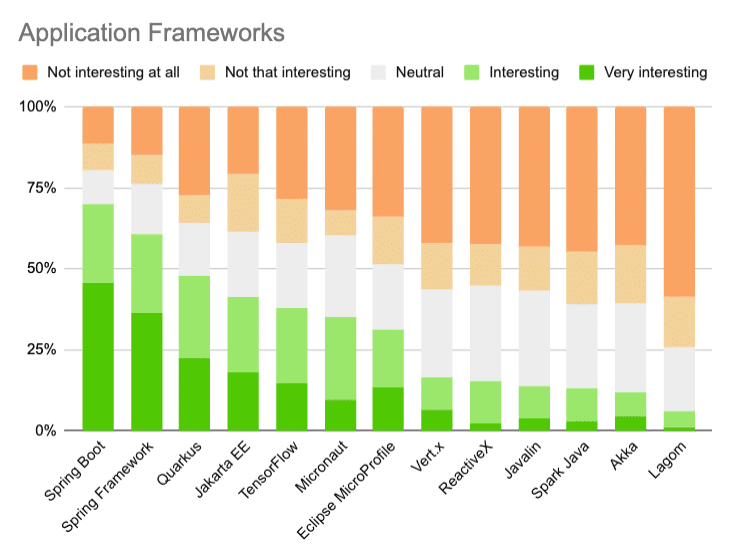
Most Popular Java Web Application Frameworks in 2020
Spring Boot and Spring Framework
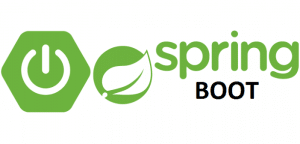
The Spring Framework is an open-source Java application framework with a large ecosystem. Spring focuses on a business logic level, without unnecessary connections to deployment environments. It is based on modern ideas of object-oriented programming, such as dependency injection (DI), inversion of control (IoC) and AOP (aspect-oriented programming). DI is a programming pattern that allows developers to build more decoupled architectures.
This means that Spring understands the distinct Java annotations that mark different classes. In addition, Spring uses reflection for objects that are created, wired together, configured and managed throughout their life cycle, so IoC takes control from the class in the spring container. Spring is a large ecosystem that includes a lot of modules and projects like Integration, Security, Cloud, MVC, DataFlow, etc.
Spring Boot is an IO Execution (Runtime) project. Spring Boot is the next step that simplifies customization and application development. Spring Boot application creation, configuration, packaging, and deployment are drastically simplified. Web applications can leverage the flexibility of usage and configuration of embedded servlet container environments (tomcat, jetty, or undertow). Moreover, CLI applications can leverage all Spring ecosystem features to write sophisticated tasks. Moreover, Spring Boot supports several
build systems like Maven or Gradle.
Spring Boot supports dependency management and can consume artifacts published to the central repository. Dependency management is helpful to avoid version conflicts between dependencies. In practice, Spring Boot uses BOMs to control the version of any dependence. BOM is a special kind of POM which provides a central place to define and update these versions.
The benefits of Spring Boot and Spring Framework:
- Supports declarative programming
- Supports various configuration methods
- Creates standalone applications
- Helps directly embed a servlet container (Tomcat, Jetty or Undertow) in an application
- Easy setup and management
Micronaut
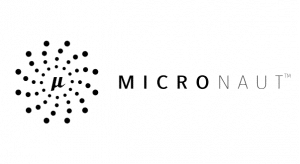
Micronaut is a modern foundation designed to quickly and easily create microservice programs. It supports popular languages based on the JVM platform (Java, Kotlin, Groovy).
Micronaut contains features similar to the other existing frameworks but has new ideas which can be defined as it’s distinctive features. One such feature is a dependency injection (DI) during compilation.
As a result, we get faster program startup time with less memory consumption. Among others framework features on offer are support for reactive programming (Rx Java and Project Reactor) and cloud-native development. Also, support for reactive programming allows you to rapidly set up non-blocking endpoints just by a matter of substituting object types by reactive non-blocking types. In the reactive approach, Netty is the basic server used to handle HTTP requests.
In addition, Micronaut has the ability to create serverless function applications for AWS Lambda, Azure Functions, etc. Micronaut itself provides support to GraalVM and compiles functions or services into native images. To use GraalVM correctly, you should read more in the documentation which contains examples for getting started.
The benefits of Micronaut:
- Cloud features are supported by default
- Fast startup time
- Implemented an efficient compile-time dependency-injection container
- Easy unit testing
- Reduced memory footprint
Quarkus
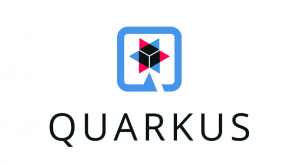
Quarkus is a new conceptual framework for cloud-native development. The main goal of this project is to create a Java platform for Kubernetes or serverless environments. Additionally, it combines reactive and imperative programming models in one runtime so that developers can flexibly vary their approach to working with a wide range of distributed application architectures.
Quarcus is based on Vert.x, Netty and a number of extensions used to help the developer.
Since Quarkus is adapted to OpenJDK, HotSpot and GraalVM, it provides an ecosystem that creates a native packaging as native executor with a packaged small VM at build time. Thus, using Java, you can create native binaries and avoid the expenses associated with using a JVM program inside the container.
The benefits of Quarkus:
- Improved memory utilization and startup time
- Function-as-a-Service (FaaS) Runtime
- Live coding “just works” out of the box
- Early detection of dependency injection errors
- Support for traditional imperative models, reactive models, or both in the same application.
MicroProfile
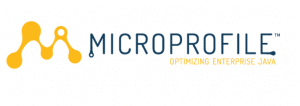
MicroProfile is a specification that can be implemented by various vendors and has several implementations. The main goal is to define standard APIs for building microservices leveraging different implementations of the MicroProfile runtime environments. To date, there are several popular implementations, among which are Payara Micro, Helidon MP, Eclipse MicroProfile, and enterprise solutions on cloud platforms, which can be read about here.
The benefits of MicroProfile:
- А simpler standardized alternative to Jakarta EE
- All specifications are community driven, free, and open which has encouraged and resulted in multiple implementations.
Vert.x
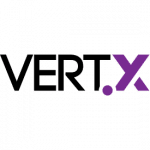
Vert.x is a framework that runs on JVM and allows you to write in several programming languages such as Java, JavaScript, Groovy, Ruby, Scala, and Kotlin. It’s event-driven architecture results in applications that scale well even with minimal hardware resources. Vert.x provides idiomatic APIs for every supported programming language.
As Vert.x is an event-driven and non-blocking framework, it can handle a lot of concurrency using only a minimal number of threads. Also Vert.x is quite lightweight, with the core framework weighing only about 650 kb. In addition, It has modular architecture that allows you to use only the modules you need so that your app can stay as slick as possible.
The benefits of Vert.x:
- Fast, lightweight and modular framework
- Allows you to create powerful apps, simply
- Ideal choice for creating light-weight, high-performance, microservices
- Scales well with minimal hardware.
Summary:
In this article, we looked at the main frameworks used in different domains of web development. To date, we can see how rapidly Java is developing and how many new frameworks are emerging to solve business-oriented problems. Additionally, we considered the benefits of each of the frameworks when used with different architectures. We hope this article will help you easily choose a framework for your project or startup.
How we can help
If you are looking for business applications that can provide you with the needed functionality and a dedicated team of qualified developers who can take your requirements and ideas and convert them into a Java application that works, then get in touch with us and you get your free consultation. We have solutions awaiting you.


